 Published in 2020 by The Rosen Publishing Group, Inc. 29 East 21st Street, New York, NY 10010 Copyright 2020 by The Rosen Publishing Group, Inc. All rights reserved. No part of this book may be reproduced in any form without permission in writing from the publisher, except by a reviewer. First Edition Editor: Greg Roza Book Design: Reann Nye Photo Credits: Series art Reinhold Leitner/. Cataloging-in-Publication Data Names: Vink, Amanda.
Published in 2020 by The Rosen Publishing Group, Inc. 29 East 21st Street, New York, NY 10010 Copyright 2020 by The Rosen Publishing Group, Inc. All rights reserved. No part of this book may be reproduced in any form without permission in writing from the publisher, except by a reviewer. First Edition Editor: Greg Roza Book Design: Reann Nye Photo Credits: Series art Reinhold Leitner/. Cataloging-in-Publication Data Names: Vink, Amanda.
Title: Karate / Amanda Vink. Description: New York: PowerKids Press, 2020. | Series: Enter the dojo! martial arts for kids | Includes glossary and index. Identifiers: ISBN 9781725310148 (pbk.) | ISBN 9781725310162 (library bound) | ISBN 9781725310155 (6 pack) Subjects: LCSH: Karate--Juvenile literature. Classification: LCC GV1114.3 V56 2020 | DDC 796.8153--dc23 Manufactured in the United States of America The activities discussed and displayed in this book can cause serious injury when attempted by someone who is untrained in the martial arts. Never try to replicate the techniques in this book without the supervision of a trained martial arts instructor.
CPSIA Compliance Information: Batch #CWPK20. For Further Information contact Rosen Publishing, New York, New York at 1-800-237-9932. CONTENTS Empty Hands Karate is one of the most popular types of martial arts practiced worldwide! Its also an effective method of self-defense. Compared to other martial arts, karate focuses on strikes, such as punching, kicking, and open-handed attacks. Students of karate, called karateka, . Karate is a fun martial art to practice.
Its also a lot of work. Becoming a master of karate can take many yearsand even masters of karate continue to learn! Kiai! Many karatekas feel that karate training guides different parts of their lives and makes them better people. They live by the idea of karate-do, or the empty hand way.  It doesnt matter how old you are. Anyone can enjoy karate! The History of Karate Karate was created in Okinawa, Japan, in the 17th century. The military leader of Japan outlawed weapons around 1609, so Okinawans created karate in secret.
It doesnt matter how old you are. Anyone can enjoy karate! The History of Karate Karate was created in Okinawa, Japan, in the 17th century. The military leader of Japan outlawed weapons around 1609, so Okinawans created karate in secret.
This early formbased on an ancient style of kung fuwas used as self-defense against . In the late 19th century, Japanese culture began to change. The laws against martial arts were removed. Now people could practice karate in the open. Still, karate masters chose to keep the skills to themselves. During World War II, American troops occupied Okinawa, Japan.
Karate instructors began training American soldiers. Many American servicemen brought the art back to America after the war. Kiai! Karate became more well-known in 1922 after Gichin Funakoshi gave a karate show in Tokyo. Funakoshi created the karate style Shotokan and is known as the father of modern karate.  American Chuck Norris joined the U.S. Air Force in 1958, and he served in Korea during the Korean War.
American Chuck Norris joined the U.S. Air Force in 1958, and he served in Korea during the Korean War.
He learned karate during that time. Later, Norris opened many dojos in the United States, and he went on to become an action movie superstar. Inside the Dojo A dojo is a school where karatekas practice karate. To find a dojo, it may be a good idea to find out which schools near you are connected to a major karate organization. Kiai! Bowing is a sign of respect in the martial arts. Most dojos require that a student bows upon entering the space.
Many dojos ask students to bow to a picture of the styles founders when entering the dojo. Also, students are expected to bow to one another and to instructors throughout practice. 
 Even though karate means empty hand, training with basic weapons is an important part of karate. The first weapon most students train with is the bo, also called the bo staff. A karateka wears a gi, or a uniform, and is usually barefoot within the dojo. Sometimes students are required to buy equipment, such as mouthguards and padded gloves.
Even though karate means empty hand, training with basic weapons is an important part of karate. The first weapon most students train with is the bo, also called the bo staff. A karateka wears a gi, or a uniform, and is usually barefoot within the dojo. Sometimes students are required to buy equipment, such as mouthguards and padded gloves.
Later, a student may begin to train with weapons, many of which are inspired by Okinawan farming equipment. Examples include the tonfa, based on a handle for a , and the kama, a small handheld blade used for collecting crops. Mindset Karate is not meant to start fights. In . The Kenpo has become a code of ethics, or beliefs, for many karate students.  American martial artist Ed Parker created modern Kenpo, which is based on a traditional karate style.
American martial artist Ed Parker created modern Kenpo, which is based on a traditional karate style.  American martial artist Ed Parker created modern Kenpo, which is based on a traditional karate style.
American martial artist Ed Parker created modern Kenpo, which is based on a traditional karate style.
Parkers style took shape between 1954 and 1990 and is sometimes called American Kenpo or Parker Kenpo. Katas Karate students learn katas, which is Japanese for forms. These movements are practiced to build muscle memory, which is when a person no longer has to think about the movements. Katas show different types of attacks. Katas use different stances, or ways of standing, and they help karatekas learn how to move from one stance to another. 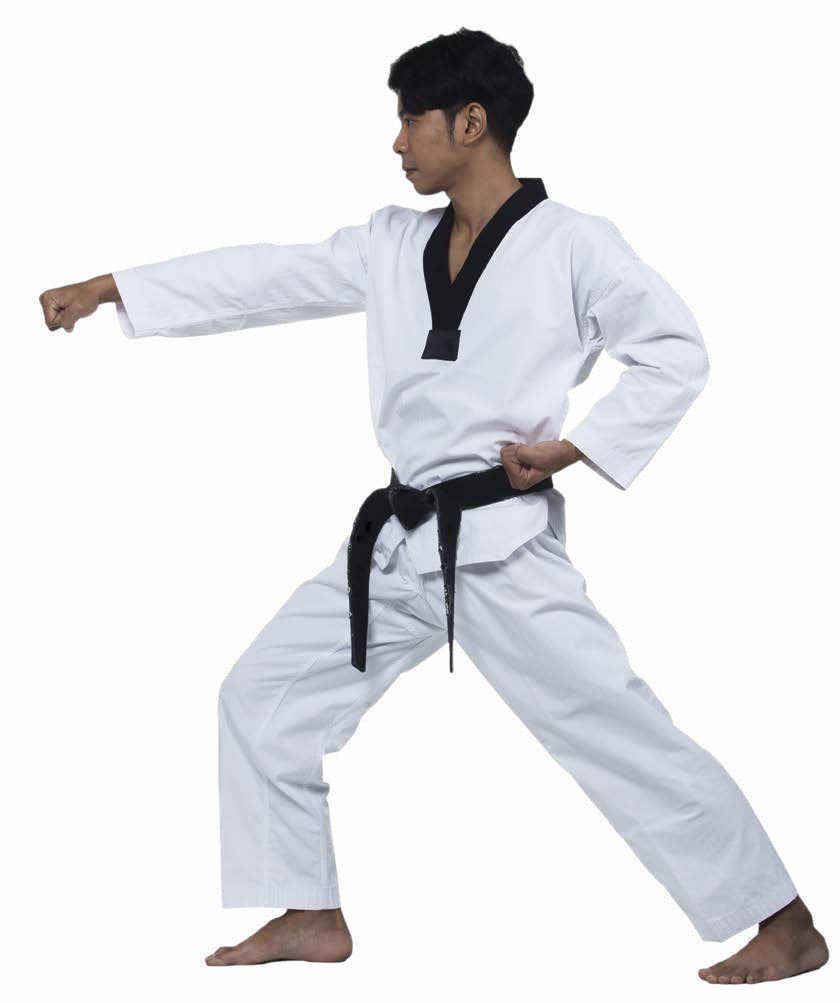 Kiai! Different forms of karate have different katas.
Kiai! Different forms of karate have different katas.  Kiai! Different forms of karate have different katas.
Kiai! Different forms of karate have different katas.
However, some katas can be found in many different kinds of karate. For example, most karate students learn a form of Seisan kata, regardless of the type of karate they are studying. 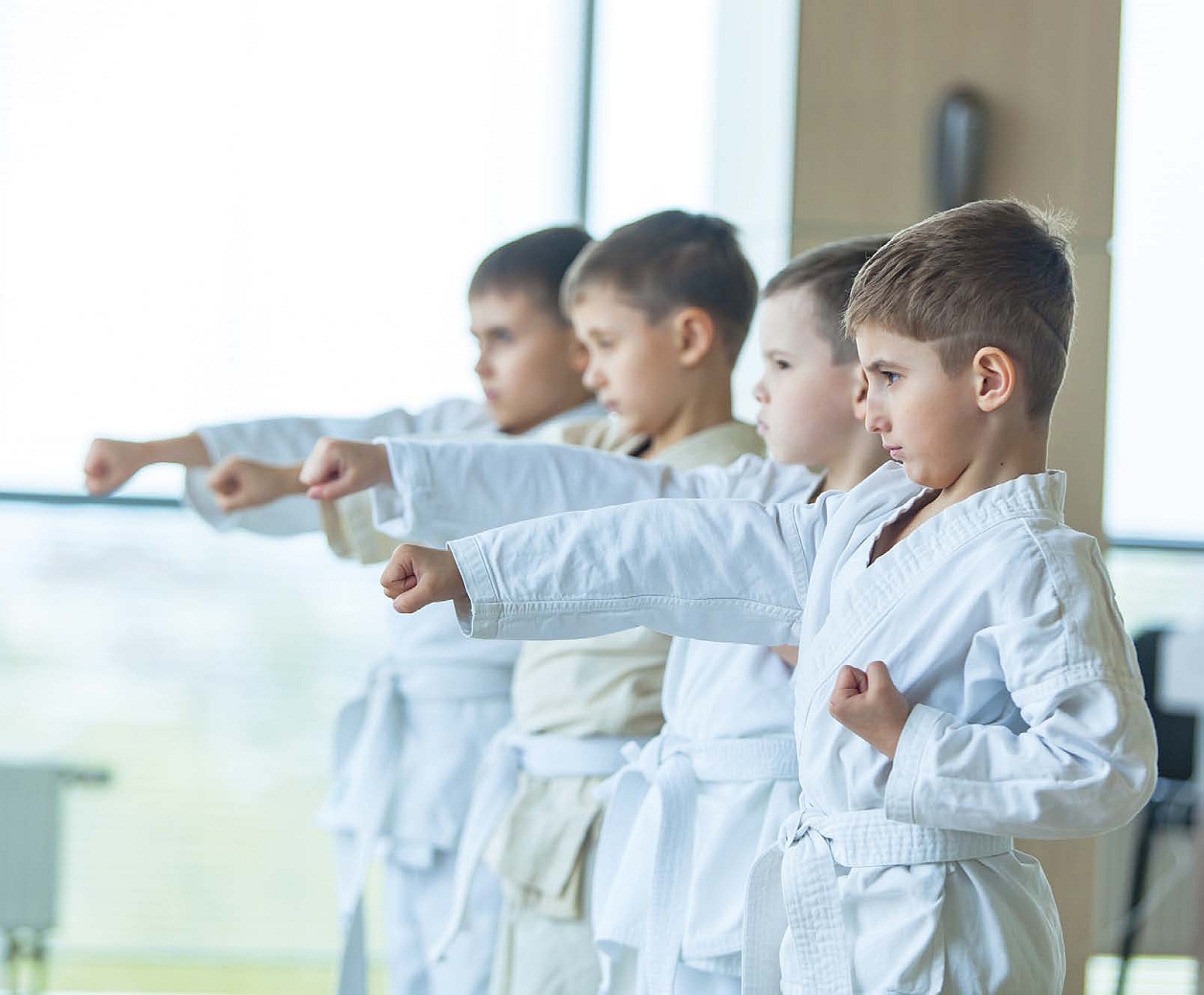 Karatekas practice katas as a class. Individuals often need to perform katas alone in front of judges in order to move up to the next level. Most katas are very old and were created with a particular purpose. For example, a wellconstructed kata may teach students about balance.
Karatekas practice katas as a class. Individuals often need to perform katas alone in front of judges in order to move up to the next level. Most katas are very old and were created with a particular purpose. For example, a wellconstructed kata may teach students about balance.
Another may focus on a particular stance. Yet another may feature different kinds of hand strikes. Strikes and Kicks In karate, karatekas use all parts of the hand to strike. The most popular strike is a straight punch, called the seiken. The back of the fist, called the uraken, is often used to strike a rivals head and face. In time, martial artists create enough power to break wooden boards! Some masters even break bricks with their bare hands.
Kiai! Karatekas often yell kiai! (or something similar) while striking. This spirited shout is not just for show. It helps the karateka create more power and helps them breathe properly during a match. 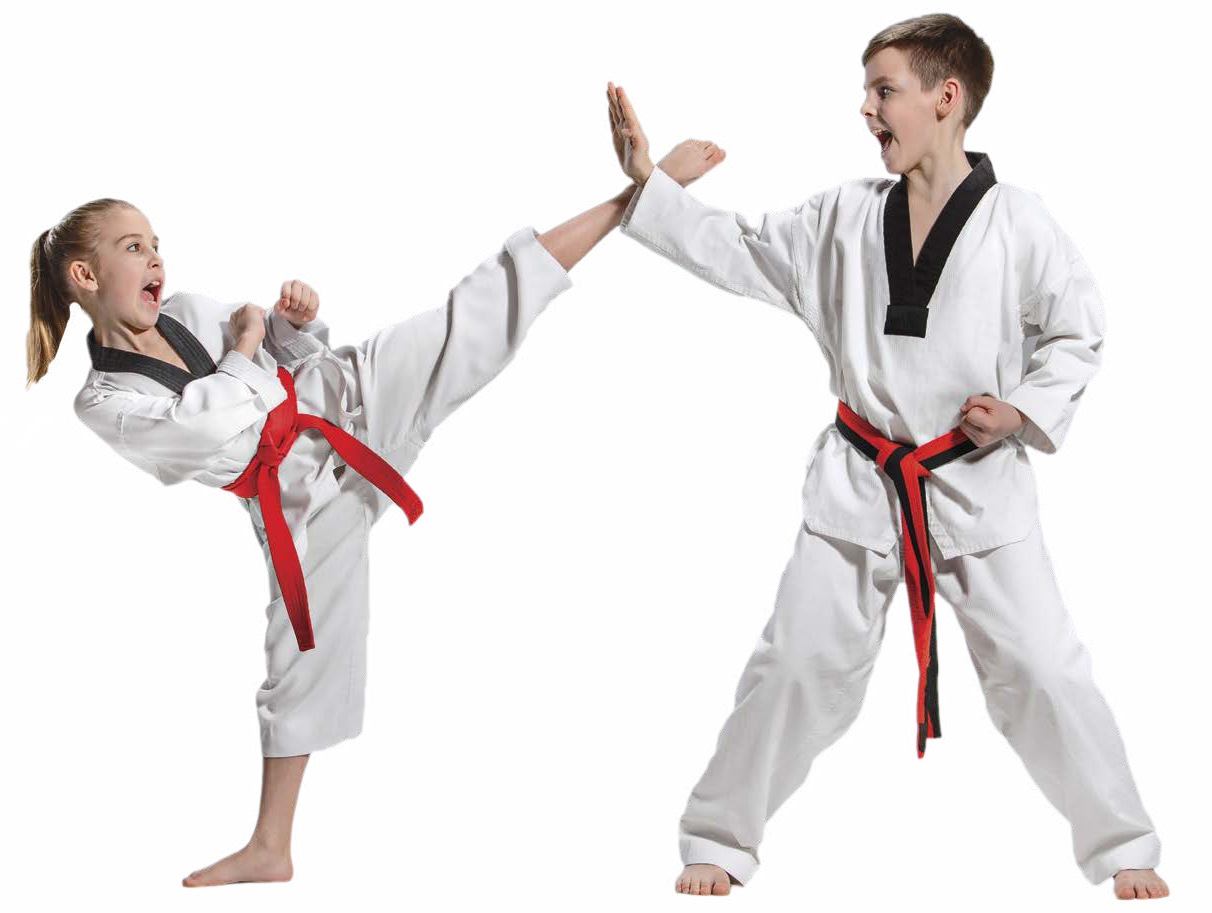
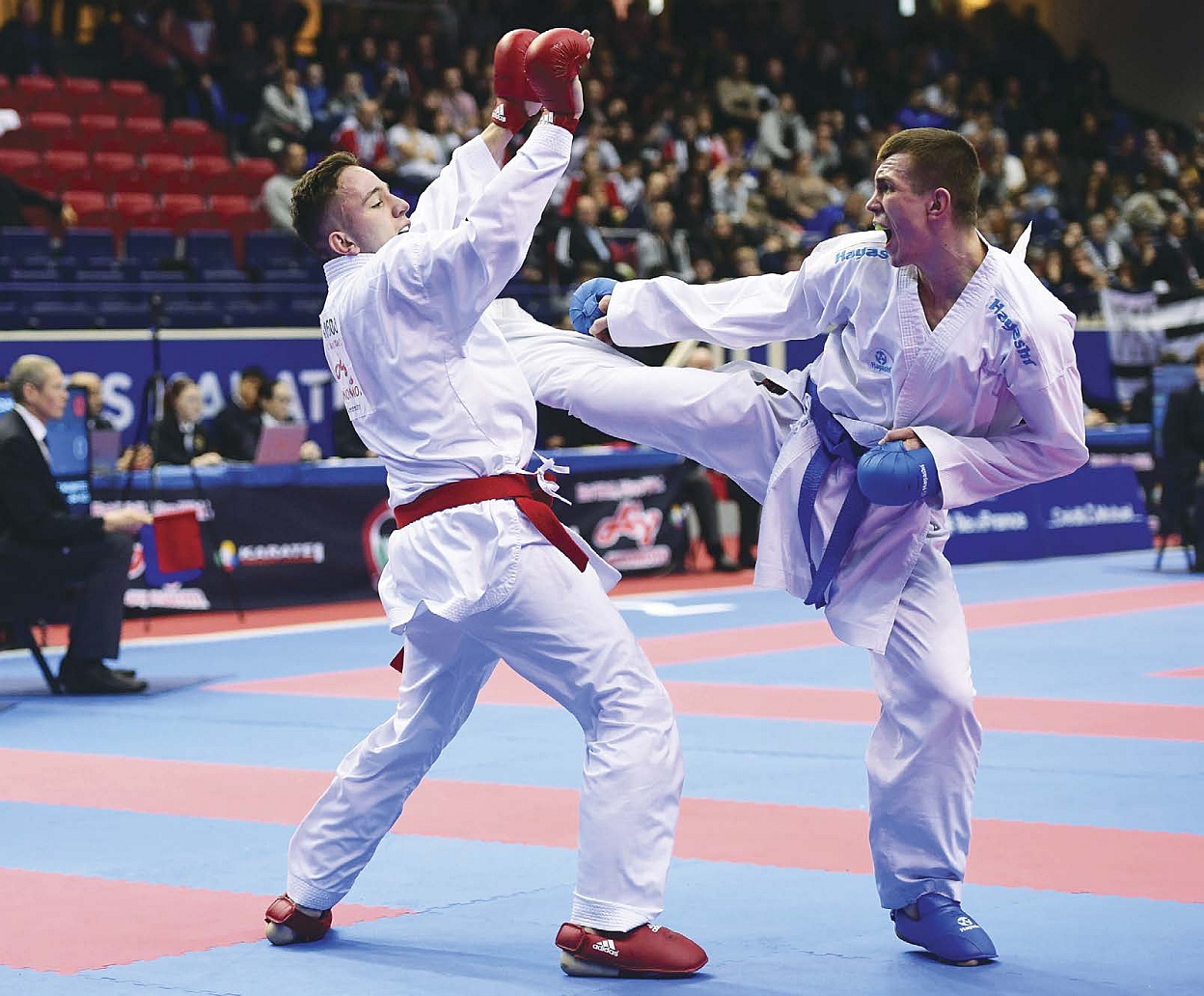
Next page
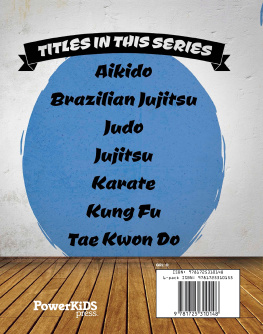
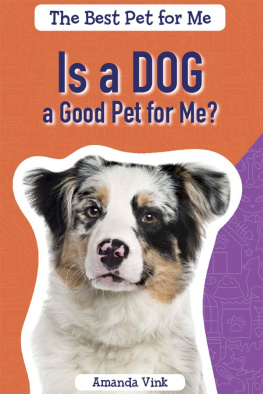

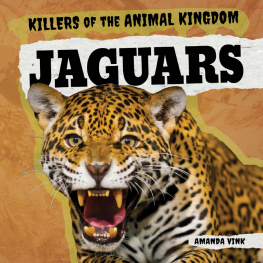
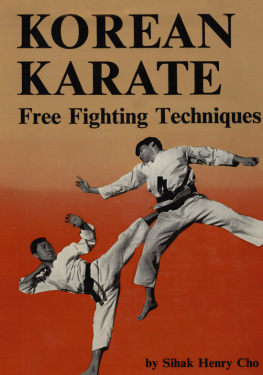
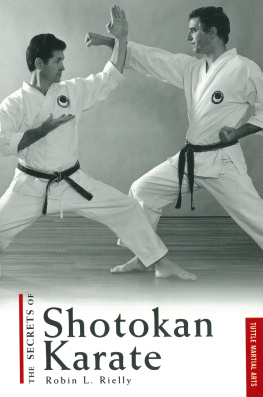
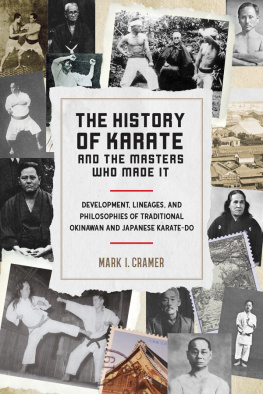
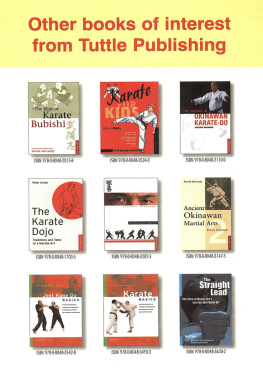

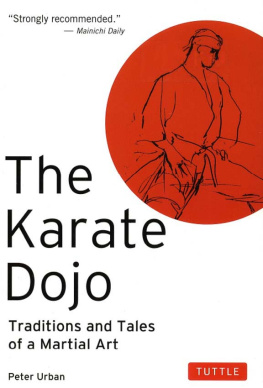
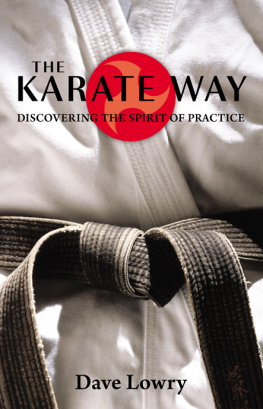
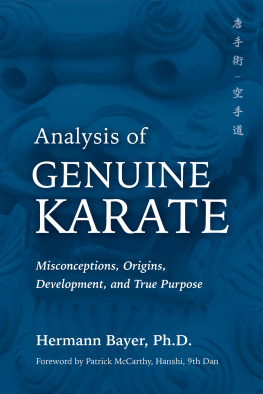
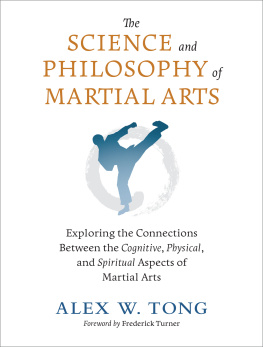


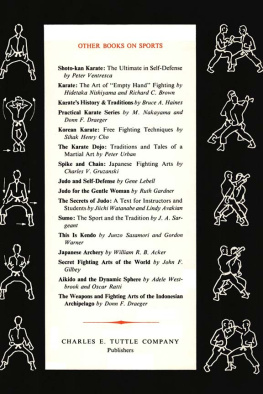
 Published in 2020 by The Rosen Publishing Group, Inc. 29 East 21st Street, New York, NY 10010 Copyright 2020 by The Rosen Publishing Group, Inc. All rights reserved. No part of this book may be reproduced in any form without permission in writing from the publisher, except by a reviewer. First Edition Editor: Greg Roza Book Design: Reann Nye Photo Credits: Series art Reinhold Leitner/. Cataloging-in-Publication Data Names: Vink, Amanda.
Published in 2020 by The Rosen Publishing Group, Inc. 29 East 21st Street, New York, NY 10010 Copyright 2020 by The Rosen Publishing Group, Inc. All rights reserved. No part of this book may be reproduced in any form without permission in writing from the publisher, except by a reviewer. First Edition Editor: Greg Roza Book Design: Reann Nye Photo Credits: Series art Reinhold Leitner/. Cataloging-in-Publication Data Names: Vink, Amanda. It doesnt matter how old you are. Anyone can enjoy karate! The History of Karate Karate was created in Okinawa, Japan, in the 17th century. The military leader of Japan outlawed weapons around 1609, so Okinawans created karate in secret.
It doesnt matter how old you are. Anyone can enjoy karate! The History of Karate Karate was created in Okinawa, Japan, in the 17th century. The military leader of Japan outlawed weapons around 1609, so Okinawans created karate in secret. American Chuck Norris joined the U.S. Air Force in 1958, and he served in Korea during the Korean War.
American Chuck Norris joined the U.S. Air Force in 1958, and he served in Korea during the Korean War.
 Even though karate means empty hand, training with basic weapons is an important part of karate. The first weapon most students train with is the bo, also called the bo staff. A karateka wears a gi, or a uniform, and is usually barefoot within the dojo. Sometimes students are required to buy equipment, such as mouthguards and padded gloves.
Even though karate means empty hand, training with basic weapons is an important part of karate. The first weapon most students train with is the bo, also called the bo staff. A karateka wears a gi, or a uniform, and is usually barefoot within the dojo. Sometimes students are required to buy equipment, such as mouthguards and padded gloves. American martial artist Ed Parker created modern Kenpo, which is based on a traditional karate style.
American martial artist Ed Parker created modern Kenpo, which is based on a traditional karate style.  Kiai! Different forms of karate have different katas.
Kiai! Different forms of karate have different katas.  Karatekas practice katas as a class. Individuals often need to perform katas alone in front of judges in order to move up to the next level. Most katas are very old and were created with a particular purpose. For example, a wellconstructed kata may teach students about balance.
Karatekas practice katas as a class. Individuals often need to perform katas alone in front of judges in order to move up to the next level. Most katas are very old and were created with a particular purpose. For example, a wellconstructed kata may teach students about balance.
